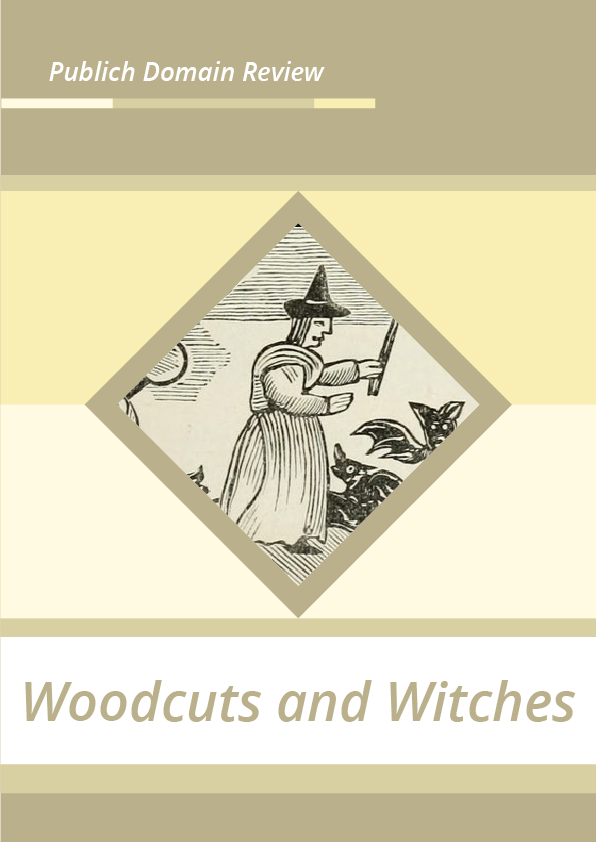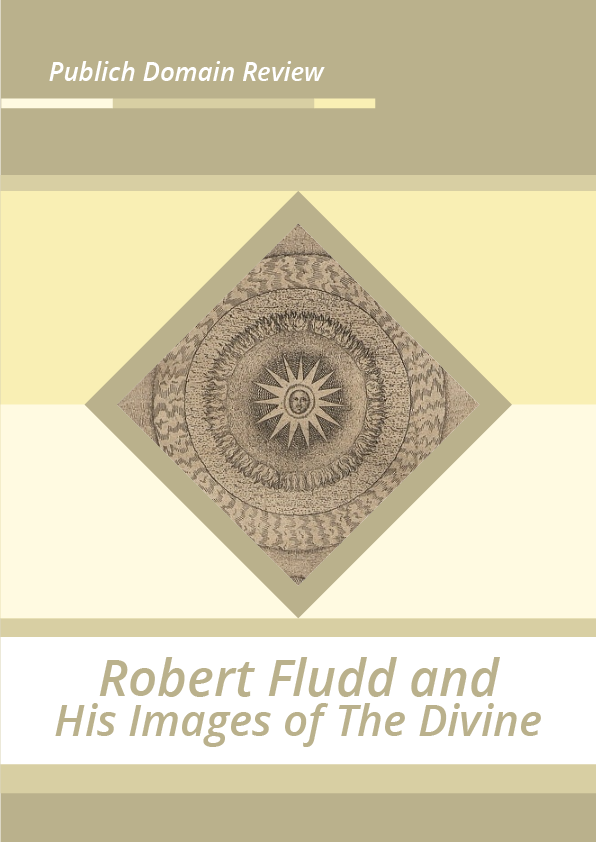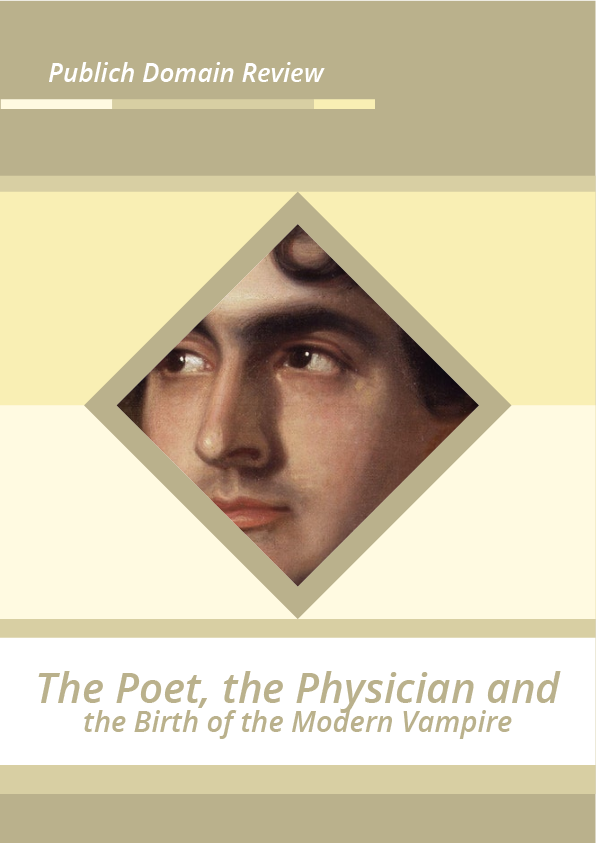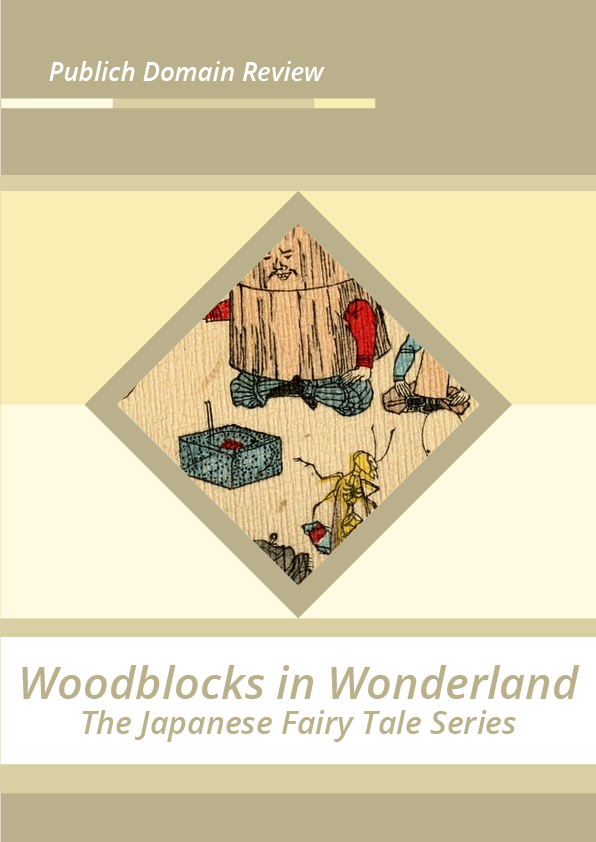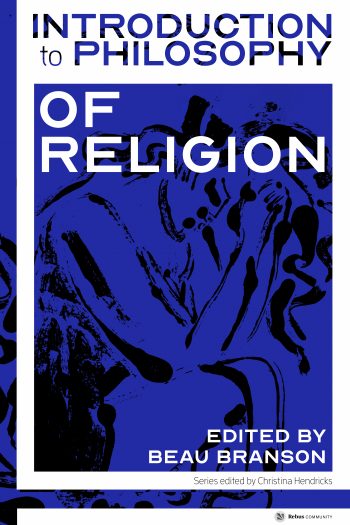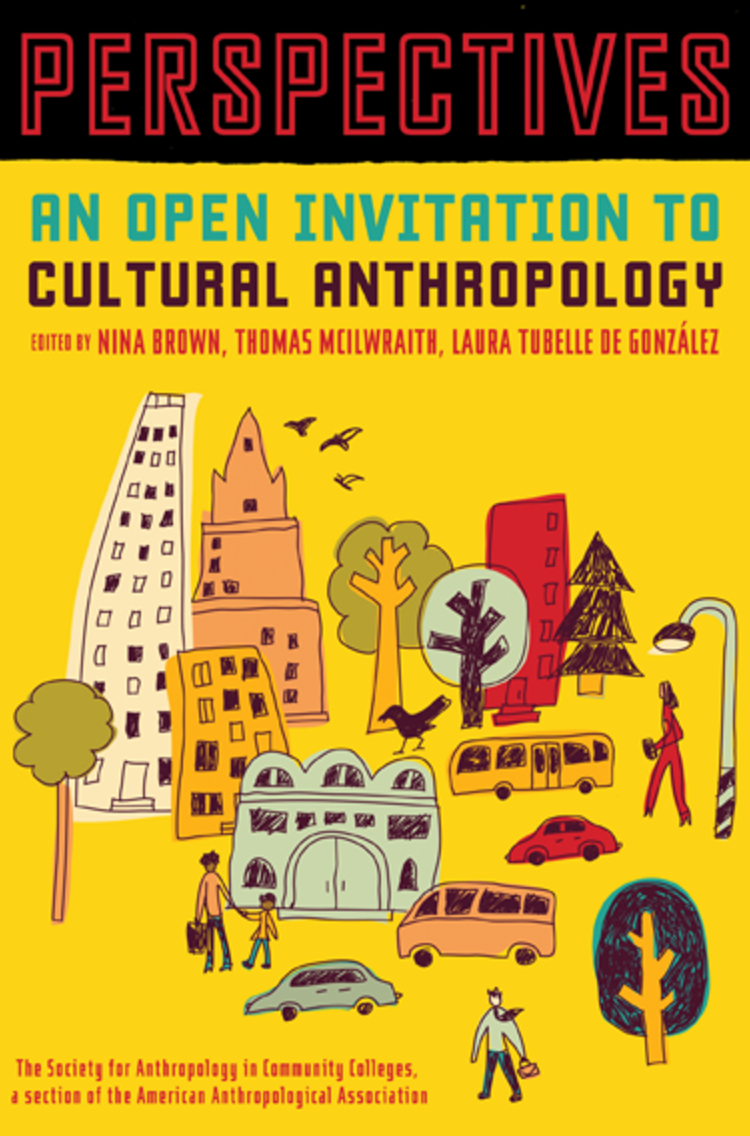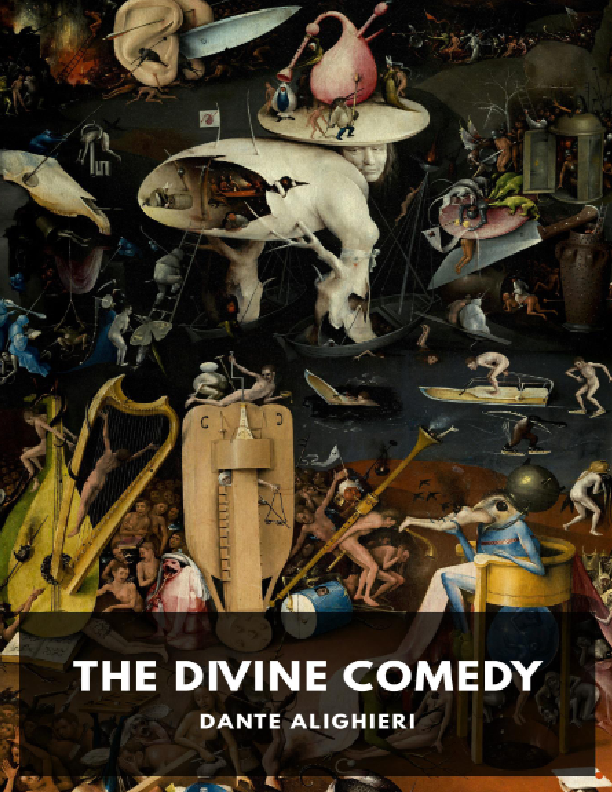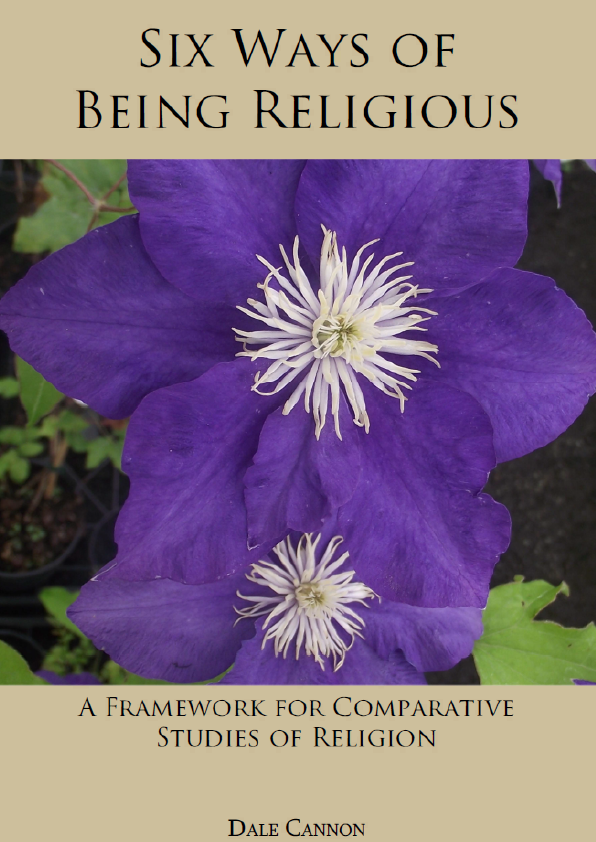Jon Crabb on the witch craze of early modern Europe, and how the concurrent rise of the mass-produced woodcut helped forge the archetype of the broom-riding crone — complete with cauldron and cats — so familiar today.
The publishing revolution of the sixteenth and seventeenth centuries witnessed an explosion of printed material, democratising information and pushing it into the hands and sight of more people than ever before. A large single sheet of cheap paper could be printed with a proclamation, adorned with a woodcut, and sent out among the masses. These broadsides were sold for a penny on street corners, pasted on ale house walls, and stuck up on market posts. In 1592, the playwright and stationer Henry Chettle described how ballads “infected London the eie of England”, then travelled through the country via ballad-mongers, who could “spred more pamphlets by the State forbidden than all the Booksellers in London”.1 There was a hunger (then as now) for tales of sex and scandal, and, for the first time, a network of illustrators, printers, and distributors were able to glut this desire. The Jacobean playwright Thomas Middleton referred to ballads as “fashions, fictions, felonies, fooleries”. Cheap print was the medium of the masses, and the crude woodcuts were the visual language of early modern England.
This revolution in publishing coincided with what has been termed “the European witch craze”: a moral panic and collective psychosis that spread through Europe and Scandinavia during the sixteenth and seventeenth centuries. The seed of this hysteria was planted in 1484 when two Dominican Inquisitors appealed to Pope Innocent VIII for permission to launch a witch hunt, and he responded by issuing a papal bull authorising their efforts. Two years later they published their treatise, the Malleus Maleficarum (Hammer of the Witches), which, for the first time, elevated witchcraft to the crime of heresy and justified its extermination with papal authority. Leaning heavily on the supposed papal endorsement, the Malleus Maleficarum painted a terrifying picture of witchcraft and preached the absolute necessity of vanquishing this largely unrecognised evil.
Apparently, witches were everywhere. Torture was recommended for extracting confessions, the death penalty was revealed as the only remedy against sorcery, and burning at the stake was proposed as a suitable method of execution. With one fell swoop, the persecution of witches was begun and an entire methodology was established. The book was a bestseller and strongly influenced the obsession with witchcraft for two hundred years, spreading slowly through continental Europe and then the Scandinavian countries, which became particularly obsessed with the subject. In Britain, the witch craze hit later, but it was rewarded with numerous pamphlets and ballads devoted to salacious details of devilish mischief.
One of the earliest and most notorious British witchcraft pamphlets was published in 1579: A Rehearsall both Straung and True, of Hainous and Horrible Actes Committed by Elizabeth Stile, alias Rockingham, Mother Dutten, Mother Deuell, Mother Margaret, Fower Notorious Witches. Stile was a sixty-five-year-old widow and beggar accused of bewitching an innkeeper. The pamphlet describes her association with three other old women known as Mother Margaret, Mother Dutten, and Mother Devell, as well as a man named Father Rosimunde, who could transform himself “into the shape and likenesse of any beaste whatsoever he will”. Woodcuts show these old women and several animal familiars, which they reportedly fed on their own blood.
Jon Crabb is a writer and editor with interests in the fin-de-siècle, forgotten culture, the esoteric and anything generally weird and wonderful. He lives in London and works as Editor for British Library Publishing. He also runs their twitter feed, which he would like you to check out now.
